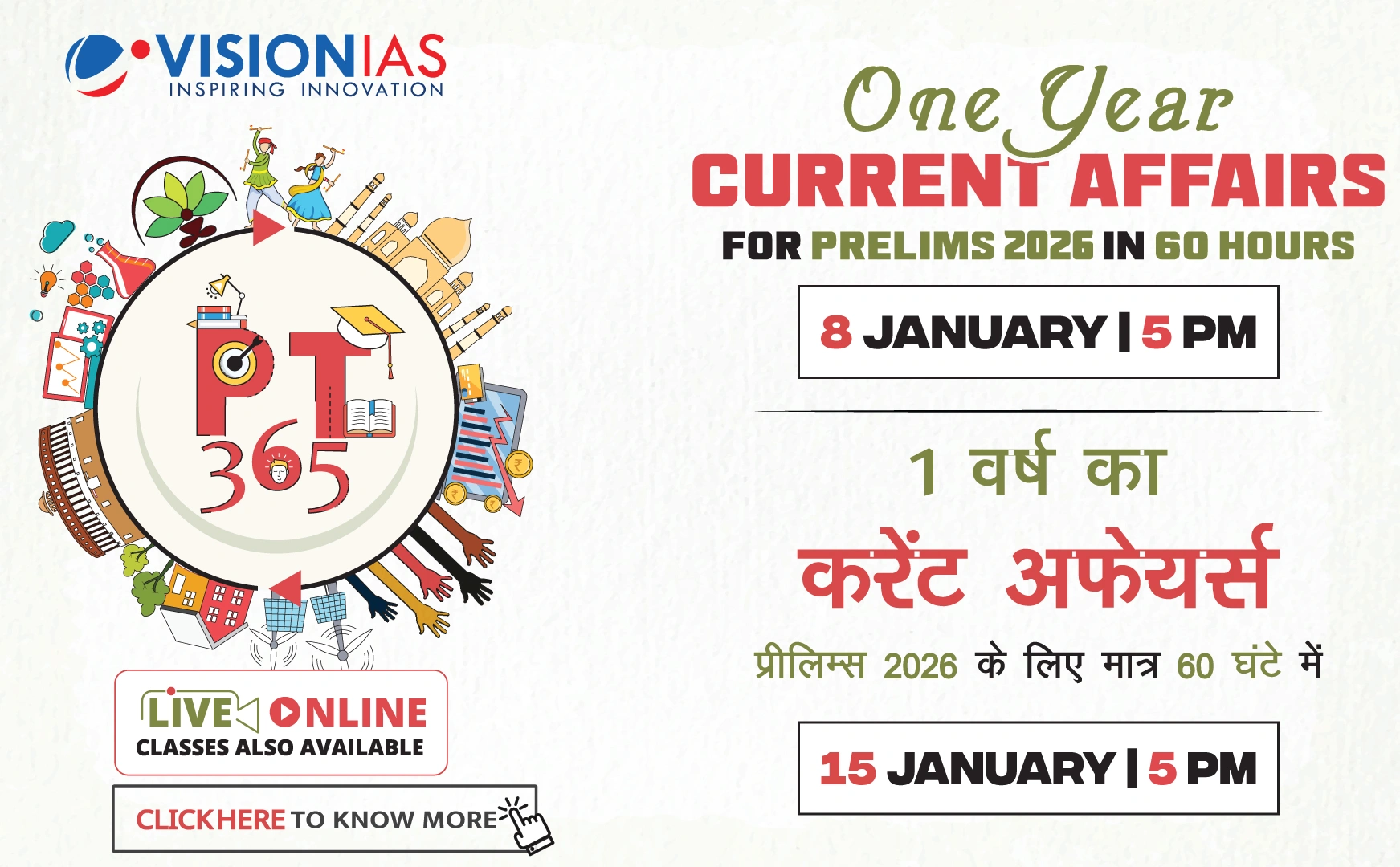Urban Challenges in Indian Cities
The intensifying summer in India has highlighted severe challenges in urban areas, particularly with water shortages and rising electricity demand, exemplified by increasing water tanker bookings in Bengaluru and Hyderabad and power cuts due to air-conditioner usage. These issues are indicative of larger problems associated with rapid urbanisation and climate change, affecting more than 30% of the Indian population living in cities.
Sustainability and Urban Development
- Sustainable Development Goal-11 (SDG-11): Aims to create inclusive, safe, resilient, and sustainable urban environments by 2030.
- India’s current tracking mechanisms for SDG-11 are insufficient, with NITI Aayog’s SDG Urban Index and Ease of Living Index lacking comprehensive coverage.
Research Findings on Urban Indicators
- Four indices were constructed based on SDG-11 pillars using data from various sources, employing the Shannon Entropy Weighting technique.
- Top Performers in Key Areas:
- Inclusivity: Ahmedabad ranked highest, Jaipur lowest.
- Safety: Bengaluru safest, Kolkata least safe.
- Sustainability: Surat leading, Kolkata lagging.
- Resilience: Chennai most resilient, Jaipur least.
Implications and Recommendations
The study suggests disparities in safety, sustainability, and resilience across cities, stressing the importance of equitable urban planning and environmental policies. The need for comprehensive local strategies is critical, as indicated by limited city-level sustainability and resilience plans.
Future Directions for Urban Development
- Cities need to enhance SDG-11 tracking at the urban local body level and utilize real-time data for effective urban planning.
- Addressing urban poverty through updated surveys and localized governance is essential for equitable development.
- City-specific policies should be data-driven to address unique urban challenges effectively.



